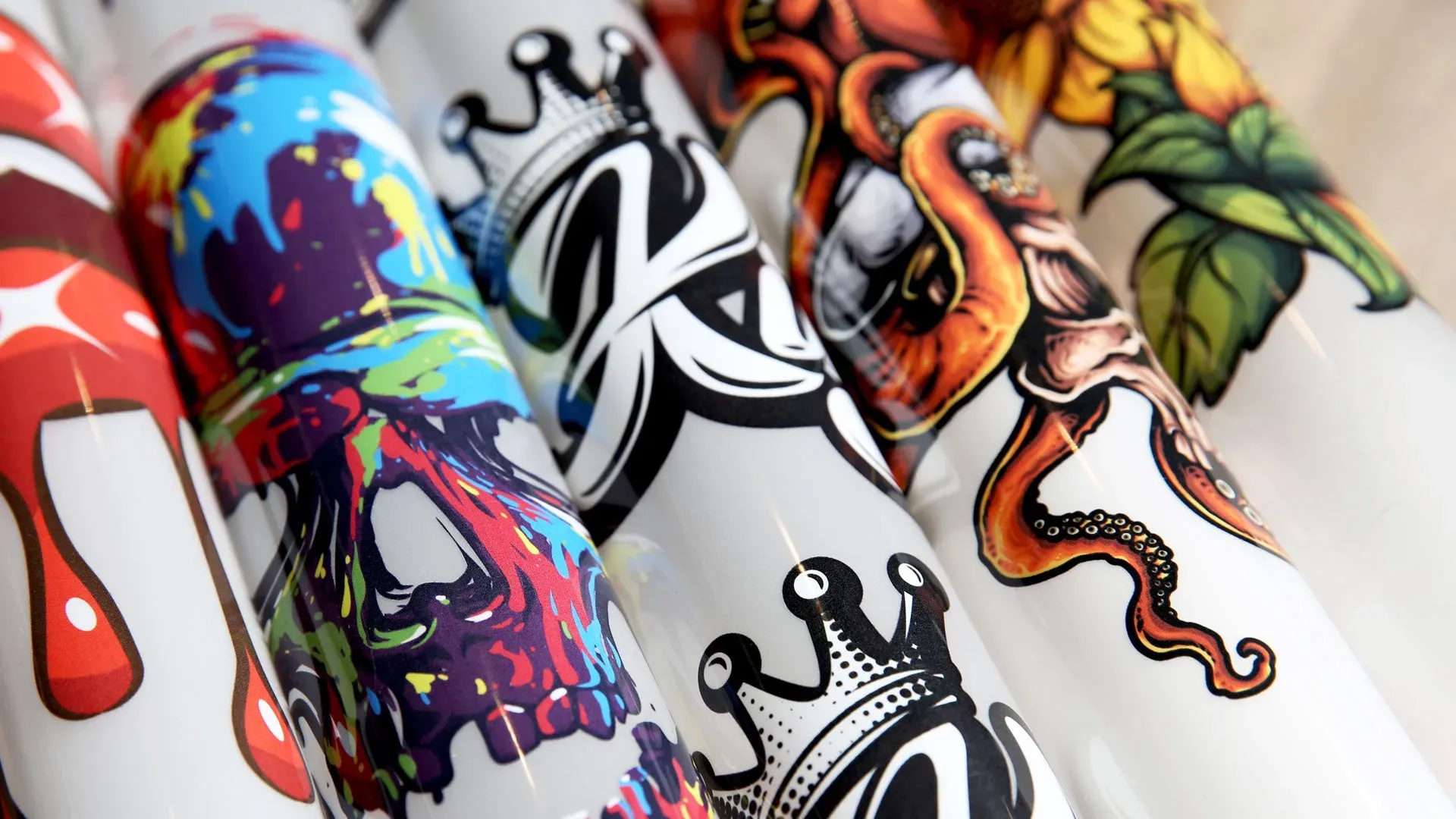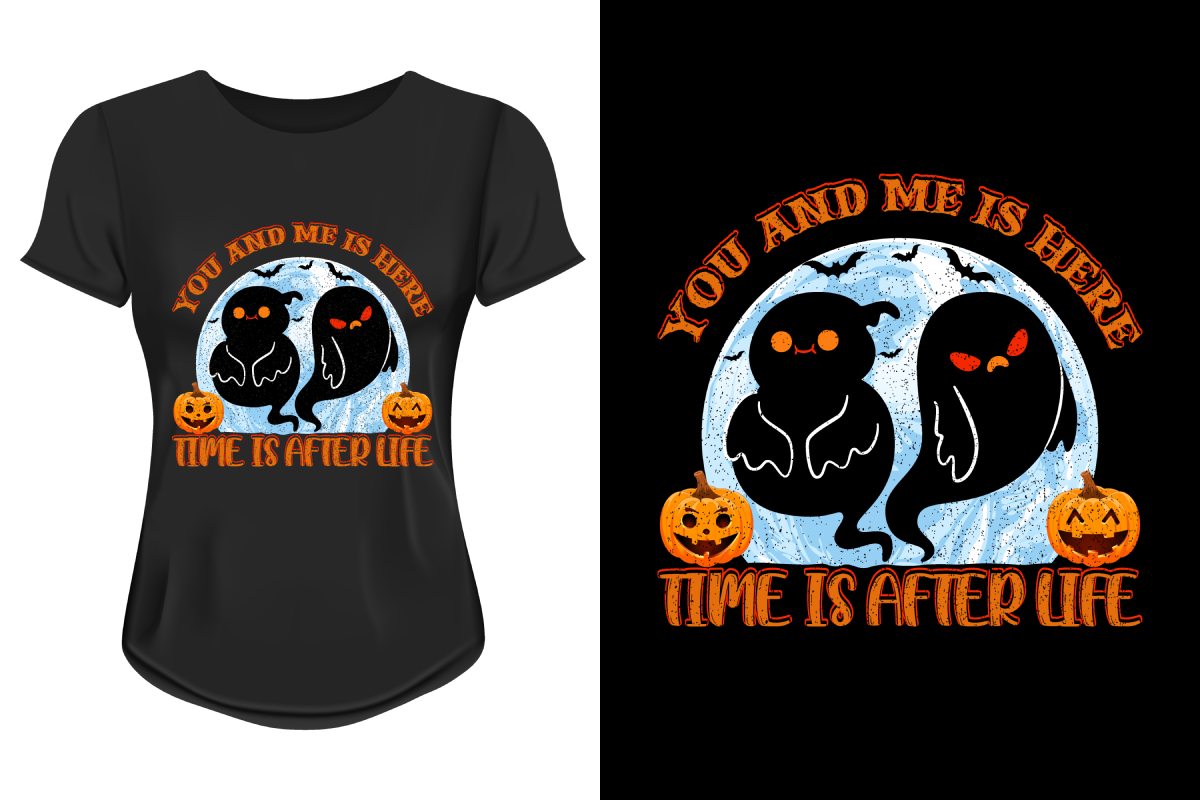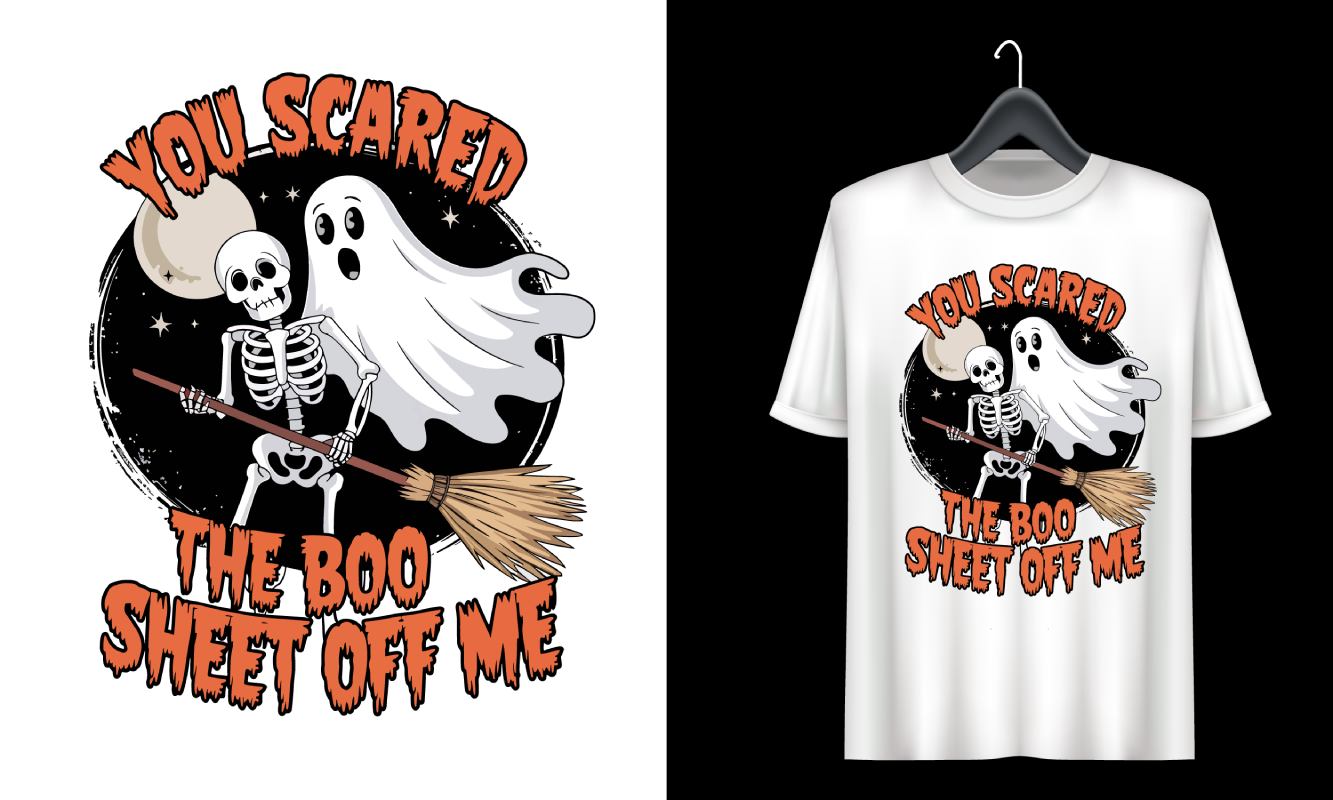In the rapidly evolving landscape of custom apparel printing, **DTF transfers** (Direct to Film transfers) are gaining widespread acclaim for their ability to produce vibrant, high-quality designs on various fabrics. This innovative printing technique uses a specialized film to achieve intricate details and true-to-life colors, making it a favorite among graphic designers and small business owners alike. As the demand for personalized clothing continues to grow, understanding the **DTF printing process** has never been more crucial for those looking to make their mark in the industry. From its impressive versatility to its cost-effectiveness, the **advantages of DTF transfers** are significant and worth exploring further. If you’re a beginner interested in custom printing, this guide will equip you with the essential insights needed to navigate the world of DTF printing successfully.
Also referred to as Direct to Film printing, DTF transfers represent a modern solution for custom design applications on textiles. This method employs a unique approach where designs are printed onto a special film before being transferred onto fabric, making it a groundbreaking alternative in the realm of custom apparel. The comprehensive **DTF printing process** not only enhances the vividness of colors but also allows for detailed designs to be printed seamlessly. Embracing the **custom apparel printing** revolution, DTF transfers provide a flexible and efficient way to create bespoke clothing items, catering to the increasing trend for personalization in fashion. For enthusiasts and professionals alike venturing into this domain, understanding the nuances and benefits of this method is key to unlocking its full potential.
Understanding the DTF Printing Process
The DTF printing process begins with the creation of a digital design, which is then printed onto a special film using high-quality inks. This film serves as the medium through which the design is transferred onto fabric using heat. One of the primary advantages of this method is its capability to produce vibrant, multi-colored designs with intricate details that are often difficult to achieve with traditional printing techniques. The process also allows for a quicker turnaround time, making it ideal for custom apparel printing.
Once the design is printed on the film, an adhesive powder is applied and cured, solidifying the transfer for application. The process of heating the film under a heat press not only bonds the image to the fabric but also ensures that the design remains durable and resistant to fading. As a result, DTF printing is increasingly becoming a go-to choice for businesses and individuals looking to produce high-quality custom garments efficiently.
The Advantages of DTF Transfers in Custom Apparel
DTF transfers are celebrated for their versatility, enabling application on a wide array of fabrics, including cotton, polyester, and blends. This means that whether you’re designing t-shirts, hoodies, or bags, DTF transfers provide the flexibility to cater to various fabric types. The ability to work with different materials opens up a myriad of possibilities for personalized apparel, giving designers the freedom to explore their creativity without limitations.
Another significant advantage of DTF transfers is the vibrancy of colors that can be achieved. Unlike vinyl or screen printing, which may not offer the same brightness on darker surfaces, DTF printing excels in delivering vivid hues and sharp details. Additionally, the soft finish that DTF transfers leave on garments ensures a comfortable wearing experience, making it an appealing choice for custom apparel that does not compromise on aesthetics or comfort.
Recent Innovations in DTF Technology
The landscape of DTF printing continues to evolve, notably with the introduction of improved ink formulations that enhance durability and color retention. These advancements not only bolster the longevity of printed designs but also improve the efficiency of the printing process itself. As technology improves, manufacturers are able to produce higher-quality results faster, meeting the increasing consumer demand for customized products.
In addition to innovations in ink, the overall market for DTF transfers is experiencing significant growth. As more businesses recognize the benefits of incorporating DTF printing into their operations, the market is opening up to new entrants, allowing smaller custom shops to offer competitive services. This growth not only signifies a strong interest in personalized merchandise but also presents an opportunity for aspiring entrepreneurs to establish their footprint in the custom apparel industry.
Challenges Faced by Beginners in DTF Printing
Despite its numerous advantages, entering the world of DTF transfers can come with challenges, especially for newcomers. The initial investment for quality DTF printers and materials can be considerable, posing a financial barrier for those just starting out. It’s essential for prospective printers to carefully evaluate their budget and explore financing options or lower-cost alternatives that can still deliver professional results.
Additionally, beginners may find the steep learning curve associated with mastering the DTF printing process daunting. Achieving high-quality output requires understanding the nuances of both printing and heat pressing. New users should consider dedicating time to education through tutorials and community workshops, as refining these skills is crucial for producing impeccable designs and ensuring customer satisfaction.
Essential Supplies for Successful DTF Transfers
To start with DTF printing, it is crucial to gather the right supplies to ensure a smooth workflow. High-quality transfer films, specialized DTF inks, and quality heat presses are essential components of this printing method. Investing in reputable brands can make a significant difference in the quality of the final product. Additionally, acquiring proper adhesive powders is just as important, as they complete the transfer process and ensure durability.
Along with the essential printing supplies, newcomers should also consider additional tools and equipment that can enhance their workflow. Protective accessories for printing and heat application, as well as software for graphic design, play a vital role in achieving precision and meeting customer expectations. By assembling a comprehensive suite of tools, beginners can set themselves up for success in the DTF printing landscape.
Best Practices for Quality Control in DTF Printing
Implementing effective quality control measures is critical for sustaining a successful DTF printing business. Establishing clear standards for each step of the printing process—from design approval to final output—ensures consistency in quality. By routinely checking for any discrepancies in color, alignment, and overall design integrity, printers can catch potential issues before they reach the customer.
In addition to visual inspections, conducting regular maintenance on printing equipment can significantly extend the life of the machinery and improve overall quality. Keeping the printer clean and ensuring that all components are functioning properly can help maintain the quality of printed transfers. As the DTF printing process grows in popularity, prioritizing quality control will not only enhance customer satisfaction but also foster business growth and reputation.
Frequently Asked Questions
What are DTF transfers and how do they work?
DTF transfers, or Direct to Film transfers, are a modern printing technique where designs are printed onto a special film. The film is then coated with adhesive powder which is cured to allow for easy transfer onto various fabrics. This method is recognized for its vivid colors and soft finish, making it popular in custom apparel printing.
What are the advantages of using DTF transfers for custom apparel printing?
The advantages of DTF transfers include versatility across different fabric types, the ability to produce vivid colors even on dark materials, a soft finish that ensures comfort while wearing, and cost-effectiveness particularly for small to medium production runs. These features make DTF printing a top choice for businesses and individuals looking to create custom designs.
Is DTF printing suitable for beginners in the custom printing industry?
Yes, DTF printing is suitable for beginners. Despite a learning curve in mastering the printing and heat pressing techniques, numerous resources are available, including tutorials and community support. With quality materials and practice, beginners can successfully create vibrant designs using DTF transfers.
What materials do I need to get started with DTF transfers?
To start with DTF transfers, you will need a compatible printer that supports DTF printing, high-quality transfer films, adhesive powder, and a reliable heat press. Investing in these materials ensures that you can produce high-quality prints right from the beginning.
What challenges might beginners face when using DTF printing?
Beginners may face challenges such as the initial investment cost, mastering the technique of both printing and heat pressing, and understanding the environmental considerations of inks and adhesives used in DTF transfers. Overcoming these challenges requires time, practice, and education.
How does DTF printing compare to other custom apparel printing methods?
Compared to traditional methods like screen printing, DTF transfers are more cost-effective for small runs and allow for detailed designs on various fabrics. This method also offers a softer finish than heat transfer vinyl (HTV), making DTF printing a preferred choice for intricate and colorful designs.
| Aspect | Details |
|---|---|
| What are DTF Transfers? | A printing method where designs are printed on special films and transferred onto fabrics using heat. |
| Key Advantages | 1. Versatile application on diverse fabrics. 2. Produces vivid colors on dark materials. 3. Results in a soft finish on textiles. 4. Cost-effective for small runs compared to screen printing. |
| Recent Developments | 1. Improved ink formulations for durability. 2. Increased market growth due to demand for custom prints. |
| Challenges | 1. Initial investment costs can be high. 2. Learning curve for beginners. 3. Environmental considerations regarding inks and adhesives. |
| Getting Started Tips | 1. Research and invest in quality equipment. 2. Gather necessary supplies like films and heat press. 3. Learn techniques through online resources. 4. Implement quality control processes. |
Summary
DTF transfers are revolutionizing the custom printing landscape, offering vibrant and versatile printing solutions for garments. As businesses and individuals alike discover the potential of this innovative method, DTF transfers stand out as an appealing choice for those looking to create high-quality, personalized apparel. With the right equipment and knowledge, anyone can harness the benefits of DTF printing to express creativity and satisfy market demands.



